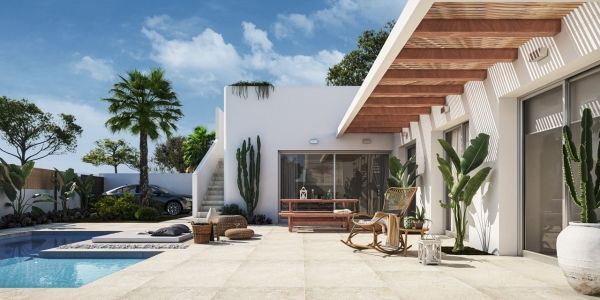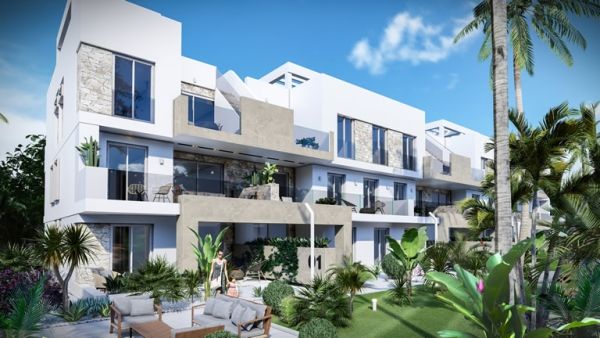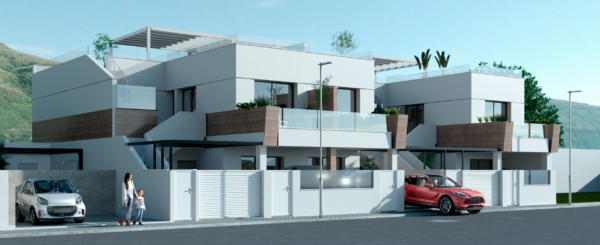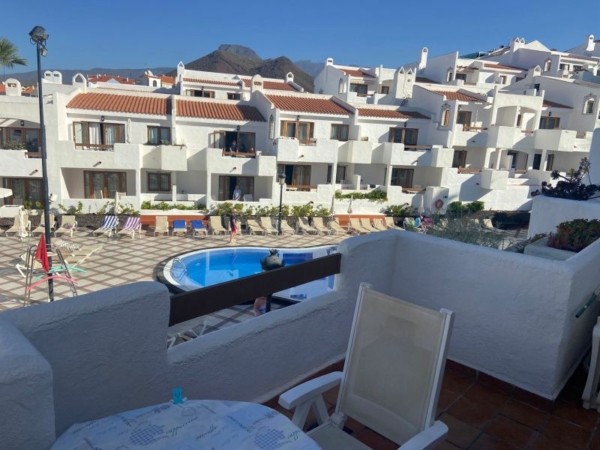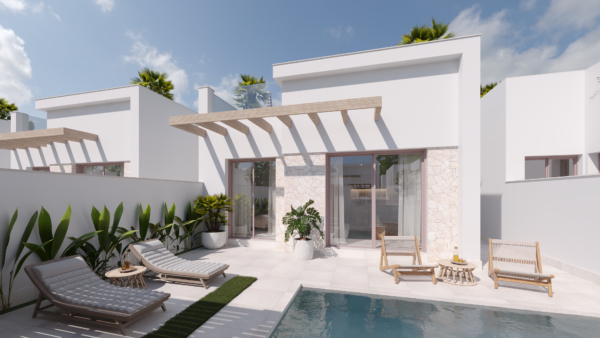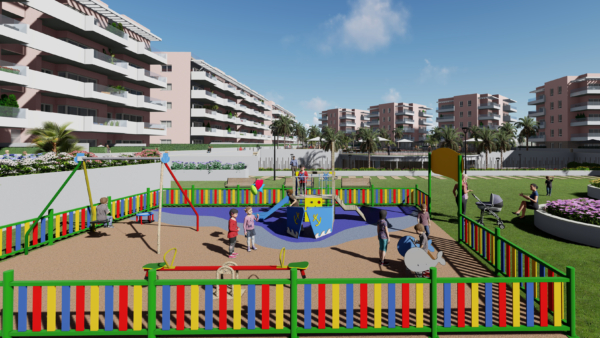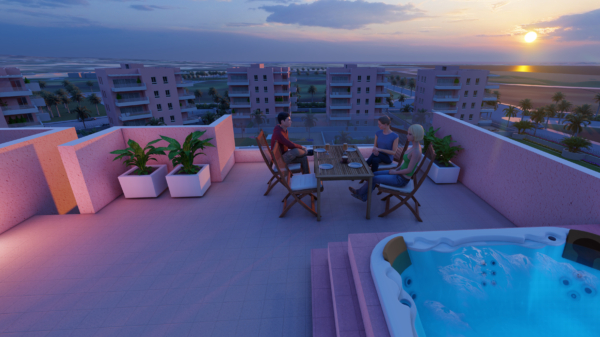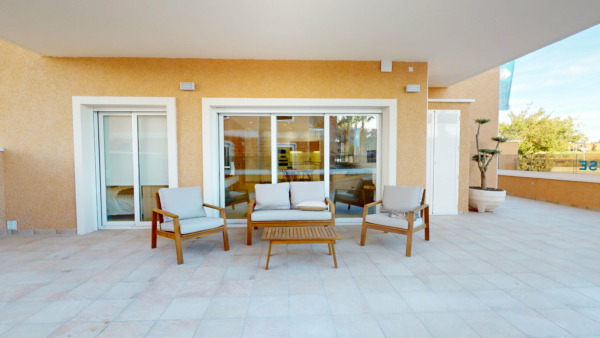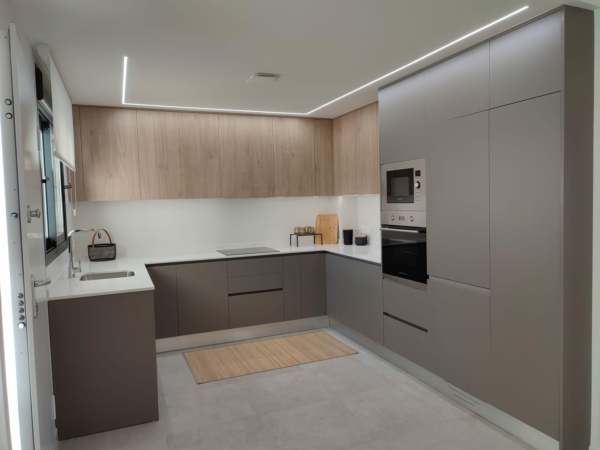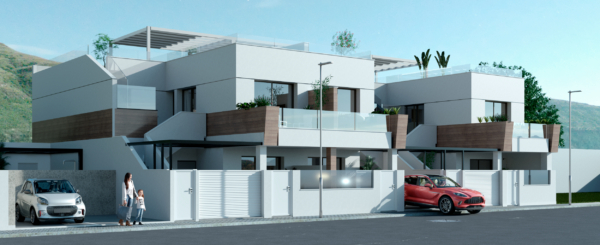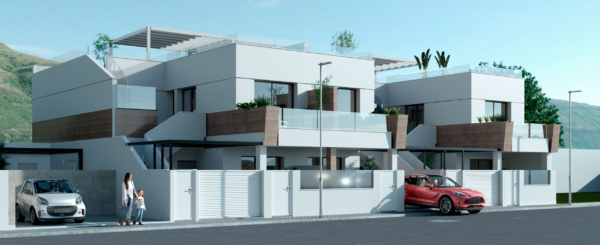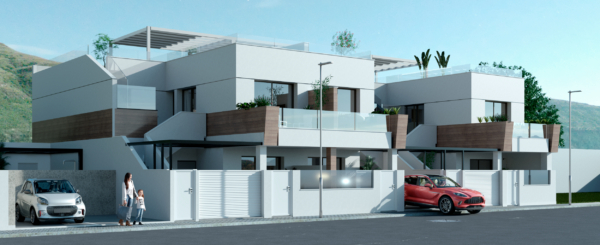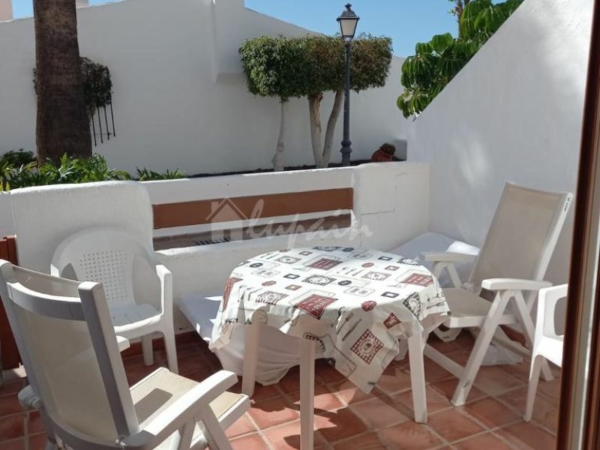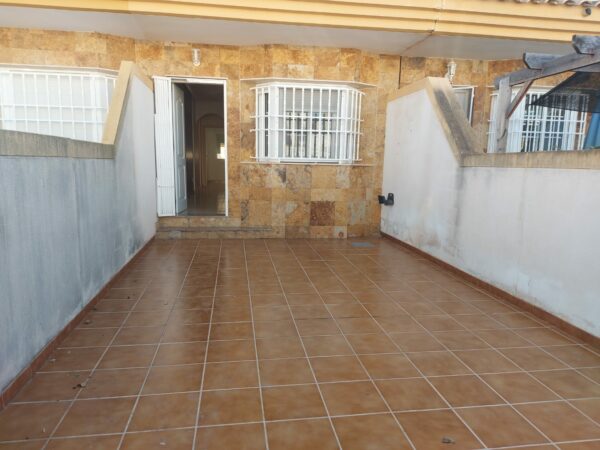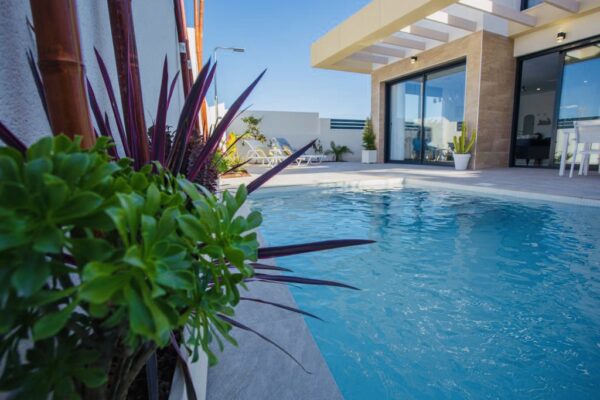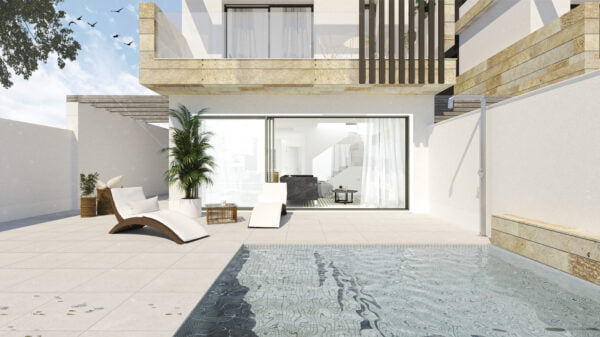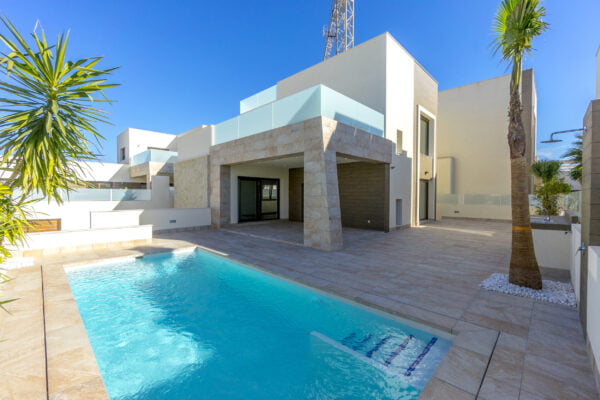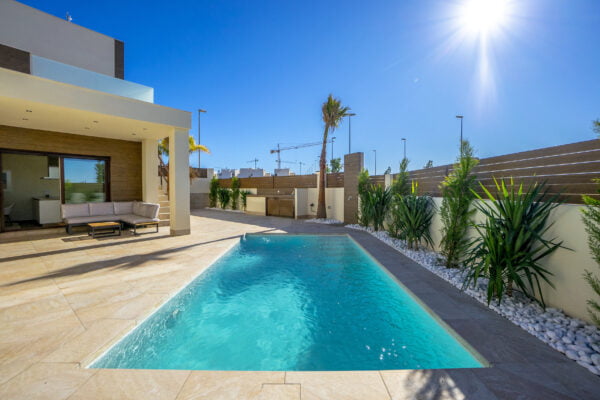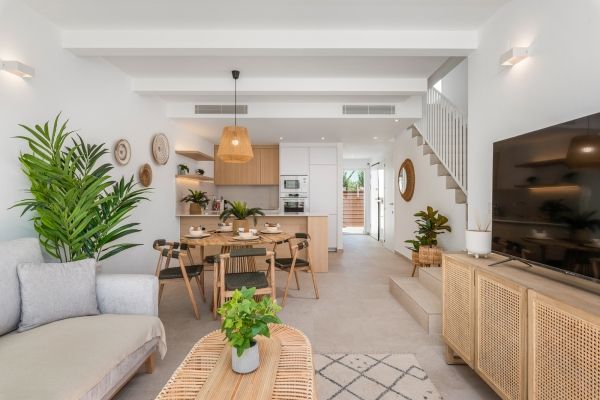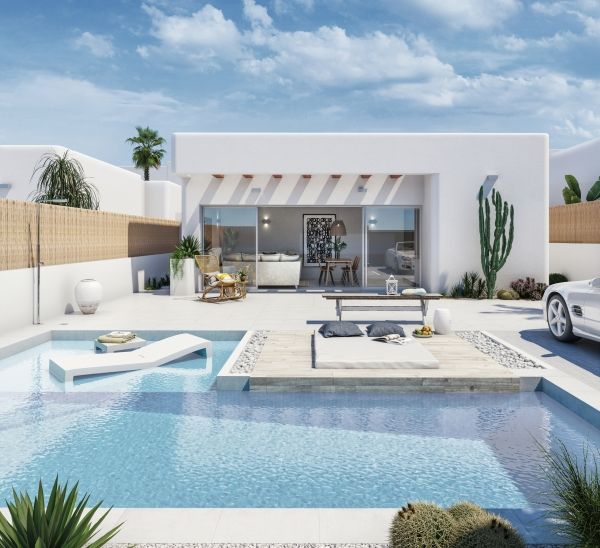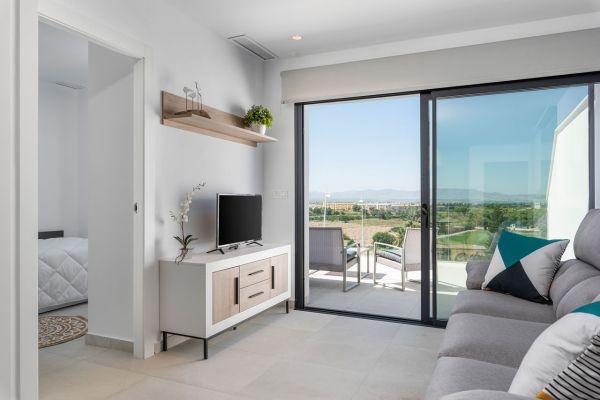Here we have put together a few more tips for viewing a property so that you can get the best out of your property visits. This is part 2, so if you’ve missed out on part 1, you can head over and have a look at that too.
Safety First
Remember that you are not dealing with an estate agent with a high street presence, you are dealing directly with the seller in most cases (unless they’ve opted for assisted viewings in which case the viewing will be with us). So remember, safety first!
For this reason, you should treat this rather like a blind date
- If you intend to go and view the property on your own you should always let someone know where and when you are going, and give them the contact details of the seller just in case.
- And remember to let them know that you made it safely back from your viewing.
- Don’t accept a lift from the seller to the property, make your own way there, and if you can go with a friend. Nor should you ask a seller to pick you up.
Preparation for viewing
It probably makes sense, if you are looking at a number of properties to arrange to see them on the same day wherever possible for the sake of convenience. You may also want to split viewings into areas particularly if you are looking at properties in different locations. When picking your times on these days, ensure that you take into account travelling times between properties and also to give yourself time to view each property too.
Print off the property particulars, if the seller has completed their profile you will have their contact details on the printout – so should you find yourself running late you can give the seller some warning or reschedule!
Take a pen with you, and you may also find a clipboard useful – then when you view the property you can easily make notes, or write any questions that you want to ask.
If you wish to take your own pictures with your smartphone or camera, please be respectful of the owner’s privacy and ask them first.

Plan your route
If you’ve already printed your property listing, it may well have the address on it, the listing itself may also include a map which you can explore on the website to figure out how you should get there.
If you have a sat-nav device or app on your phone you can use the address on the listing to navigate there. It’s worth keying in the destination to your app because it will also give you a good indication as to how long it should take to get there. If you don’t have an app handy, try Google Maps which can also give you a turn by turn breakdown of the route.
See part 1 of this article
Measure up
If the property listing hasn’t included the dimensions of rooms or outside spaces, it may be useful taking a tape measure with you.
Although most Spanish homes include the furniture, chances are you may have some of your own items, and you may want to make sure they’ll fit in the space. Don’t forget to measure your items beforehand!
Outside areas
Don’t forget to check outside areas too – living in the south of Spain we spend a lot of time outdoors, so our outdoor areas are a major part of our living space too!
Determine if there is sufficient shaded areas, particularly if the property faces south. Check condition of tiled areas.
Consider the size of the outside space and how easy it would be to maintain.
What’s included?
Spanish homes when sold typically include the fixtures, fittings and furniture that you see. However, it is worth asking, since if something isn’t included you’ll need to factor in buying certain items yourself.
Ask about the age of any electrical appliances – older appliances may well need replacing soon and may not be the most energy efficient.
Before you pay a deposit, the sale contract should include this anyhow, but it is worth finding out beforehand as it could have an impact on the offer you make.
General condition
Assess the general condition of the house, taking note particularly of cracks in interior and exterior walls.
If there is a solarium, check that there is drainage, no missing or damaged tiles.
If you have major concerns but are really interested in the property you might consider having a structural survey – if this identifies issues, these will be useful during negotiations.
Communal areas
If the property is part of a community there will be communal fees payable each year – remember to ask about this and what it includes.
The communal areas may include garden(s) and/or a pool area, obviously check them out.
Note if your property is immediately adjacent to these areas, that there could be a certain amount of noise, particularly in the summer.
Noise
Whilst you are visiting the property take note of any noise levels whilst inside and outside – is there a lot of traffic? Are there bars, restaurants or shops nearby? These may not be desirable if you prefer a quieter existence especially if this will be your permanent home.
It is unlikely the seller will reveal that there are noise issues – you can always visit the area at different times or days to check for yourself.
If the property is not detached, ask if the neighbours live adjoining permanently or not. If adjoining properties are holiday homes, noise levels may increase in holiday periods.
Help us improve
Private pool?
If the property has a private pool, ask to see the pump area and the pump in operation. Usually pools will have skimmers and a drain return – you can easily check good skimmer operation by lifting the lid of the skimmer and observing water suction.
If there are pool lights, are they working?
Check the state of the pool tiles – check there is no black between tiles, or brown staining on the grouting, or lots of missing tiles! Check that grouting is not coming away which could indicate poorly maintained pool.
Ask when the pool was last regrouted particularly if the pool is fairly old.
